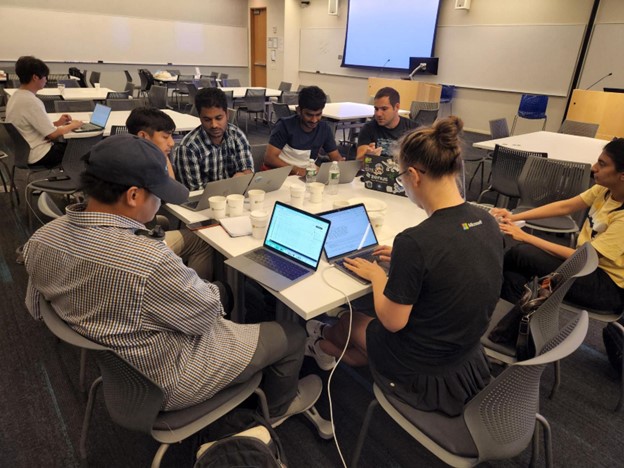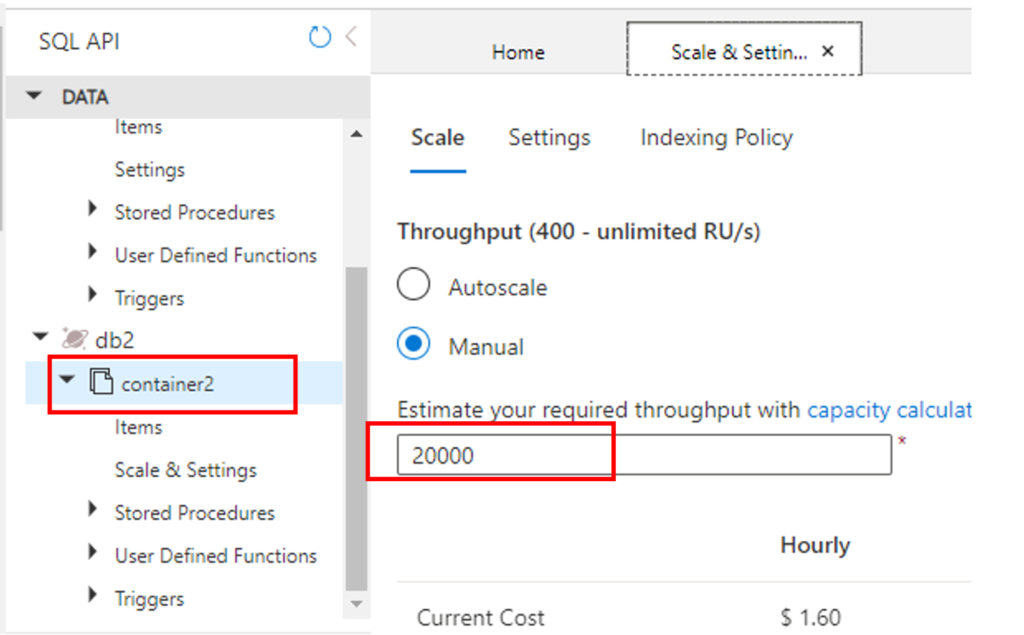


Attention Developers: The Cloud-Scale Data for Spring Developers Quick Start Guide is Finally Here!

Build and deploy containerized apps with Azure Kubernetes Service & Azure Cosmos DB

IntelliJ support for Azure Cosmos DB!

Antipatterns on Azure Cosmos DB

Load and visualize Covid-19 case data with the integrated Power BI experience

Announcing Materialized Views for Azure Cosmos DB API for Cassandra Preview

Announcing General Availability of Azure Cosmos DB integrated cache

Intra-account container copy jobs for Core (SQL) and Cassandra API accounts (Preview)


 Light
Light Dark
Dark